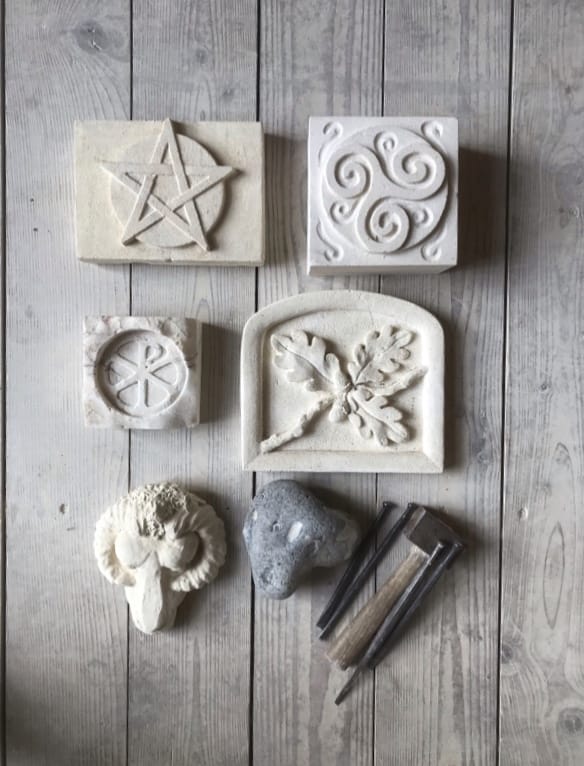Mastering Stone Artistry with Precision and Care
Meet the skilled artisans who shape every stone with passion and precision.
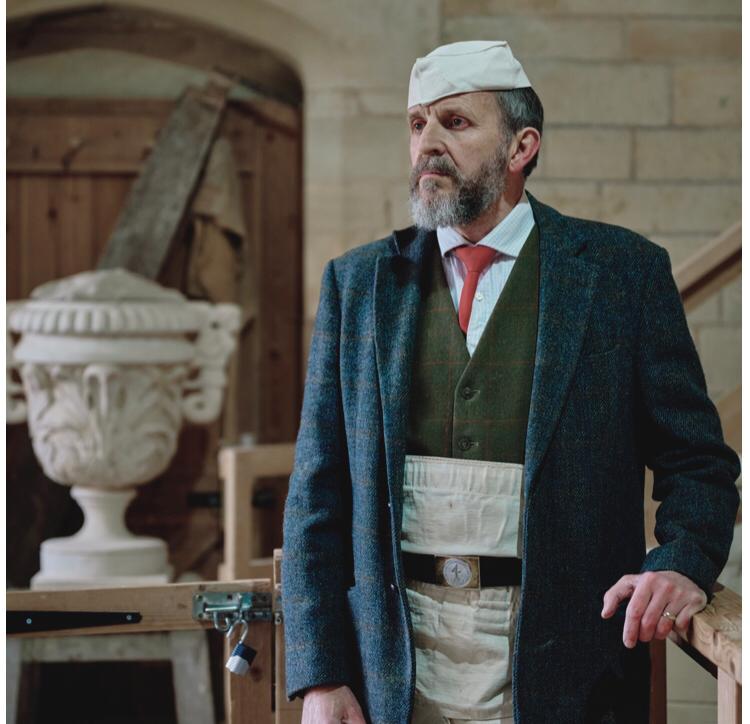
Stephen Critchley Master Court Stone Carver/Mason
“Consider the true cost of these luxury experiences. A night at Brown’s is magnificent, a testament to impeccable service and heritage. A thousand-pound meal is a symphony of flavours, a momentary indulgence. They offer immediate gratification, peak moments that, by their nature, are designed to pass.
The financial commitment for bespoke excellence is well-known to those who value quality: a fully bespoke Savile Row suit starts around £4,500, and bespoke John Lobb shoes can be another £5,000 to £7,500. These items embody a philosophy—a respect for unparalleled quality and heritage—that comes as a priceless byproduct of the cost.
This same profound philosophy underpins Court Master Carving. While my high-end commissions ranges from £30,000 to £750,000, our retreats offer access to that same calibre of discipline and respect for the craft.”
The Court Master: Keeper of Tradition, Architect of Excellence
You are not learning a craft; you are receiving an invitation into a legacy. Stephen is a Philosopher Craftsman, Keeper of an unbroken tradition, and one of the last individuals to be fully trained as a European Court Mason.
I. The Unbroken Lineage: Authority & Scarcity
The Last European Court Mason
Four Decades of Mastery. Stephen is one of the last of his kind—a Master Stone Carver and Mason whose rigorous, multi-year apprenticeship qualifies him as a European Court Mason. This exacting discipline, stretching back nearly a millennium to the artisans who shaped the courts of British and French royalty from 1080, is now a closed tradition. To train with Stephen is to access a living, millenium-long lineage.
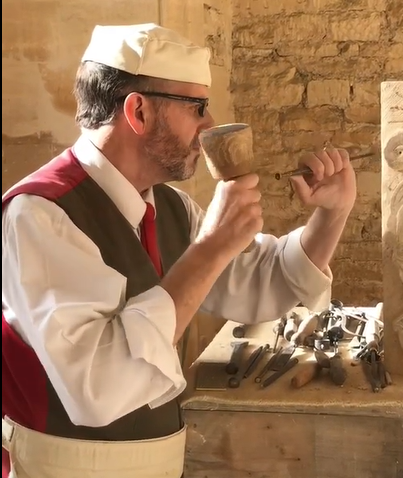
The Patron’s Trust: Commissions of State
Stephen’s career is defined by the trust of the world’s most enduring institutions. He has contributed his craft to sites of monumental significance, including private conservation work on Windsor Castle and commissions for the Vatican. This is the standard of precision that underpins every chisel stroke in our exclusive workshops.
The Global Blueprint
Over a distinguished career, Stephen has operated in 48 countries and served as an Apprentice Master to 18 craft apprentices, running departments that oversee training across thirteen nations. His work has spanned millennia and continents, from Ancient Ruins in Kavala, Greece to the Palace of Westminster and the Doge’s Palace in Venice.
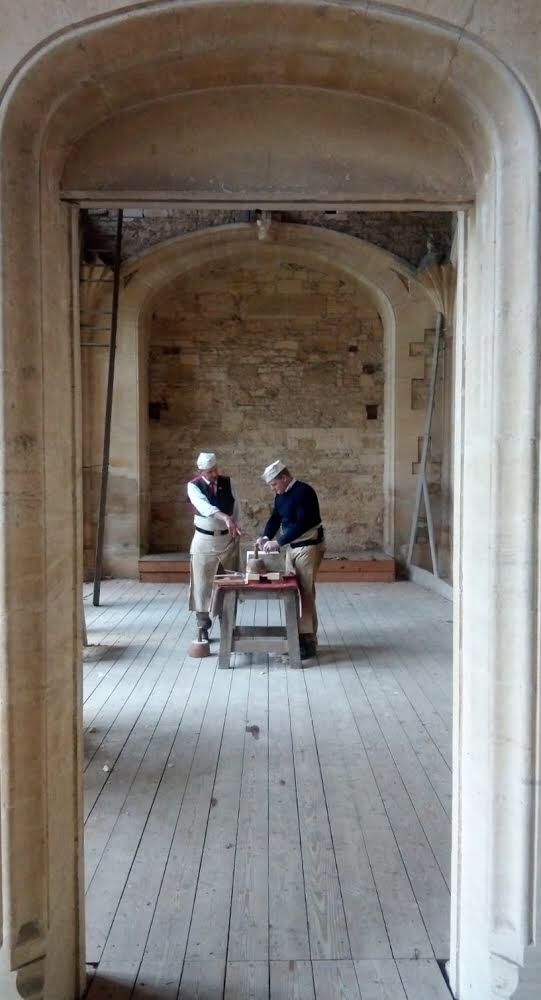
II. The Philosopher Craftsman: Mastery Beyond Technique
The Core Philosophies: An Integrated Approach
For discerning patrons seeking an unparalleled immersion, Stephen offers exclusive workshops that delve into a living tradition. This journey provides not merely practical skills but a profound theoretical grounding befitting a Court Master in the classical tradition.
At the core of his teaching, the daily practice is enriched by profound, guiding principles:
- Eudaimonia & Arete: We connect the craft to human flourishing and the unwavering pursuit of excellence. The discipline of stone becomes a powerful catalyst for achieving focus and mastery in your own professional life.
- Harmonic Proportion: An understanding of the deliberate application of mathematical relationships, often drawn from Baroque musical theory, to achieve visual harmony. You are taught to create a piece that feels like a perfectly orchestrated visual symphony.
- Baraka & The Song: Stephen’s teaching integrates esoteric concepts like Baraka (spiritual energy woven into a creation through mindful intention) and ‘The Song’—a metaphor for the melodic thread of ancient wisdom that resonates through every timeless masterpiece.
“Beyond the noise, the stone demands discipline. The lineage provides the ultimate foundation for focused excellence, transforming creation into an act of profound self-discovery.”
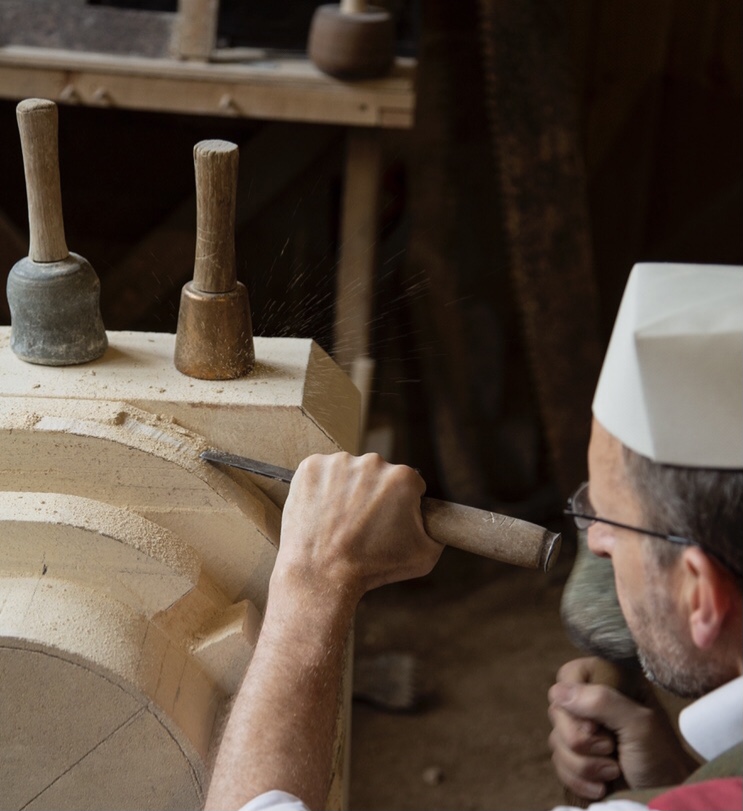
The Twenty Expanded Senses
Mastery involves understanding not just our five conventional senses, but the twenty Expanded Senses of Court Craft. These include Proprioception (awareness of body position) and Chronoception (perception of time), which are integral to creating truly timeless works and achieving holistic personal development.
III. The Master’s Palette: Historical & Stylistic Authority
Stephen’s command of historical style is unparalleled, allowing for commissions and tuition that are both authentic and uniquely informed.
With over five decades of expertise, Stephen is an architectural sculptor who strives to collaborate closely with the confines of stylistic, cultural, and historic ideologies. This profound understanding allows him to blend styles and techniques much like a painter mixes colours on their palette.
This is not a general carving course; it is highly specialised tuition in the following notable sculptural styles:
- European and Classical Styles: The North Sea Style, The City of London Baroque, French Empire Style, Roman Renaissance Style, Maltese Baroque Style, and more.
- British and Modern Styles: Post-War London Modernism and Abstraction, London Art Deco, Late Victorian British Empire Style, and Arts and Crafts Style.
- Global and Specialized Techniques: Indian Jali, Irish Celto-Scandinavian Style, and others.
The Master’s History: Stephen’s journey began with a formal apprenticeship in the early 1980s with the City of London Company, Ashby and Horner, a firm tracing its origins back to the 1690s, cementing his connection to London’s enduring tradition.
Selected Notable Projects:
Stephen has contributed to the conservation and restoration of sites across millennia, confirming the depth and breadth of his historical practice:
- Westminster Hall, London (1097)
- Palazzo Ducale, Venice (1340)
- The Queen’s House, Greenwich (1617)
- St. Martin’s in The Fields, London (1726)
- Windsor Castle, Berkshire
- The Great Court, British Museum (2000)
Your next step is to secure your place in this lineage. Have you identified which of the exclusive retreats—The Elixir or The Carver’s Core—best aligns with your personal goal for transformation?
